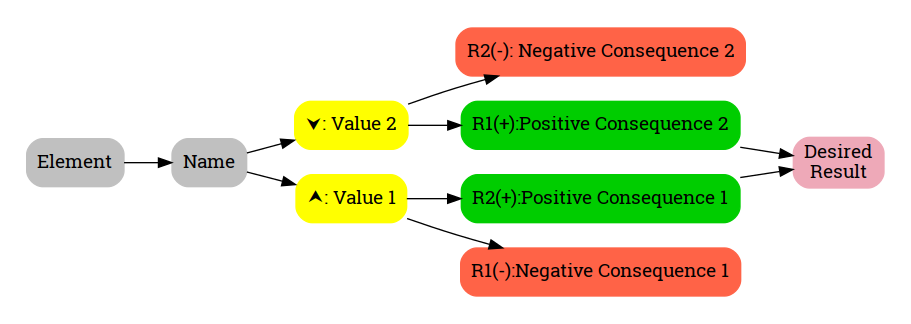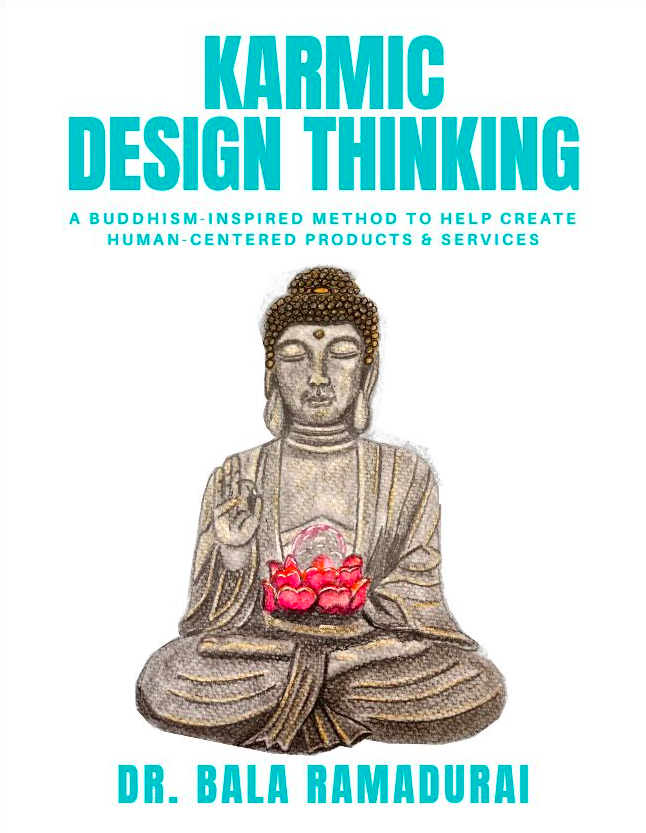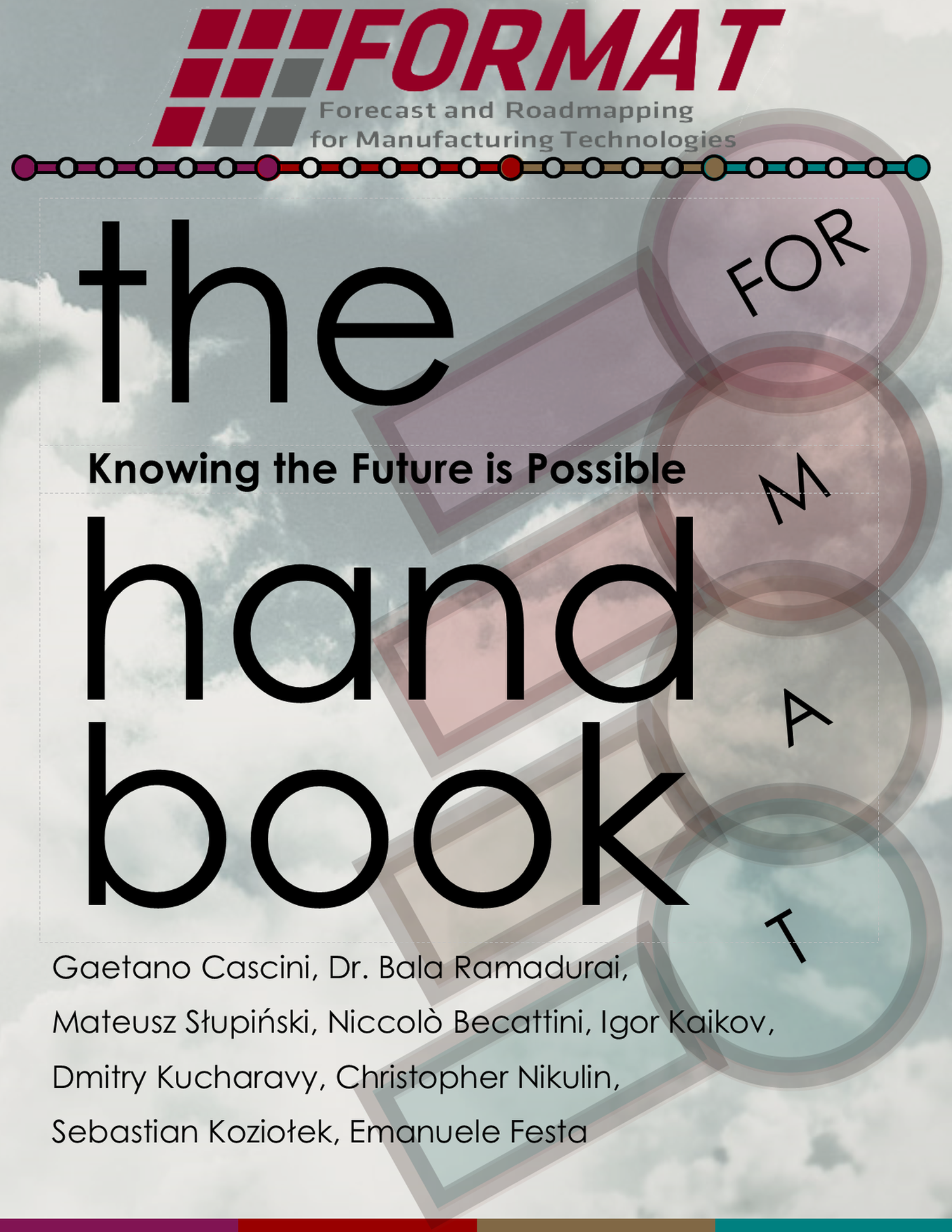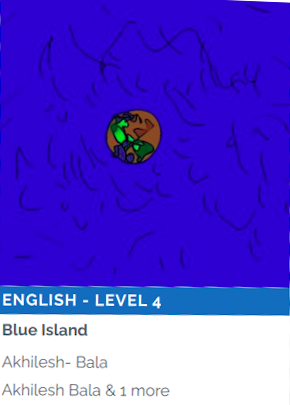2022-02-01
Design Thinking, as a skill, can be learnt by practicing the methodology on real world problems. I run an online course on Design Thinking on a Govt. of India platform called SWAYAM where close to 32,000 learners have learnt Design Thinking already.
What I have got in return (apart from lots of love 😍) is the variety of questions that have been asked by so many curious learners. This Ask the DT Doc series can be helpful to anyone – a beginner, intermediate or advanced learner of Design Thinking. (Also checkout https://dt.balaramadurai.net for the book on Design Thinking)
This post will cover the question “How do I describe a conflict between the customer and the manufacturer?”
Question
Can we simplify overall mechanics of this process by defining some parameters of the process?
E. G, Affect = person who is affected
Parameter = activity or function that’s affected
Measure = Value of the effect
And then define each stage to be containing these elements and how to lay them out.
This way it will bring clarity when we are thinking about the problem in multiple stagesBecause what’s happening as of now is the more we delve into depth of these stages, we kind of deviate away from mind about the problem and get automatically focussed to the dissected parts of the problem
Any templates Bala sir, you have?
Source - https://groups.google.com/a/nptel.iitm.ac.in/g/noc19-mg60-discuss/c/Ualw6XP7O6g/m/uoEistXnAgAJ

My response
Why do we need to describe a conflict? Why can’t we just start generating ideas once we have a list of problems from the customer?
My analogy is that the customers are like babies. They may cry and complain, but they do that for every problem. As responsible adults, we have to decide whether the baby is hungry, sleepy, bored or has a tummy ache. This takes experience, analysis, patience and mindfulness to passify the baby first and then think of solutions 😁.
Going back to the question asked and the method suggested. We use a model called ENV or Element-Name-Value and as Smita (the person who asked the question) has very rightly suggested in her question, we can think of this model in an objective manner.
Use this model

- Where is the problem? Element
- What is the problem? Name of the variable
- What are values of the “name of the variable? Value 1, Value 2
- What happens as a result of this variation? R1, R2
In the Karmic Design Thinking methodology, we use the conflict of interest or ENV model in the Analysis module (in the E A S T model).
As Smita in her question rightly pointed out, this method brings focus back into our Design Thinking problem.
If you are looking for a template, here is the code that I used to generate the conflict diagrams for my book (https://dt.balaramadurai.net). Edit the code in this link - https://www.plantuml.com/plantuml/
@startuml
digraph HPG_contradiction {
rankdir = LR;
subgraph cluster_conflict {
color=white
size="12,9";
node [shape = Mrecord fontname="Roboto Slab Regular"];
E [label = "Element" style=filled color = grey] # Enter the name of the element in place of "Element"
N [label = "Name" style=filled color = grey] # Enter the name of the element in place of "Name"
Var1 [label = "⮝: Value 1" style=filled color = lightgray] # Enter the name of the element in place of "Value 1"
Var2 [label = "⮟: Value 2" style=filled color = lightgray] # Enter the name of the element in place of "Value 2"
R1minus [label = "R1(-):Negative Consequence 1" style=filled fontcolor=white color=black] # Enter the name of the element in place of "Negative Consequence 1"
R2plus [label = "R2(+):Positive Consequence 1" ] # Enter the name of the element in place of "Positive Consequence 1"
R1plus [label = "R1(+):Positive Consequence 2" ] # Enter the name of the element in place of "Positive Consequence 2"
R2minus [label = "R2(-): Negative Consequence 2" style=filled fontcolor=white color=black] # Enter the name of the element in place of "Negative Consequence 2"
Desired_Result [label = "Desired\nResult" style=filled color = grey]
E -> N
N -> Var1
N -> Var2
Var1 -> R1minus
Var1 -> R2plus
Var2 -> R1plus
Var2 -> R2minus
R2plus -> Desired_Result
R1plus -> Desired_Result
}
}
@enduml
To summarize
Conflict of interest modeled by the Element-Name-Value (ENV) model is extremely useful in visualizing the conflict between the customer/user and the manufacturer (or service provider).
Answer the
- Where is the conflict?
- What is the conflict?
- What are the values of the conflict?
- So what if I change the values?
questions and you will arrive at a conflict model. The plantuml code should help you drawing out the model elegantly.
If you have any questions on Design Thinking or the application, feel free to write to me at bala@balaramadurai.net with the subject line: Ask the DT Doc
Source of the image: http://www.whale.to






